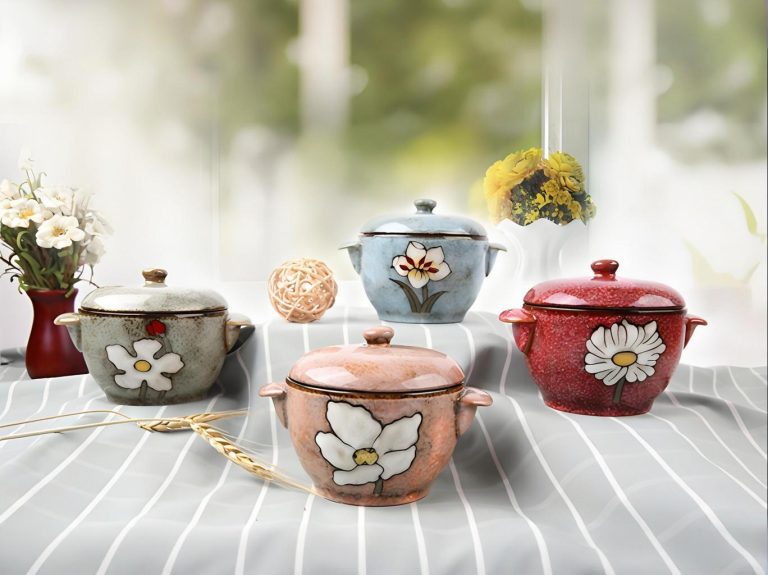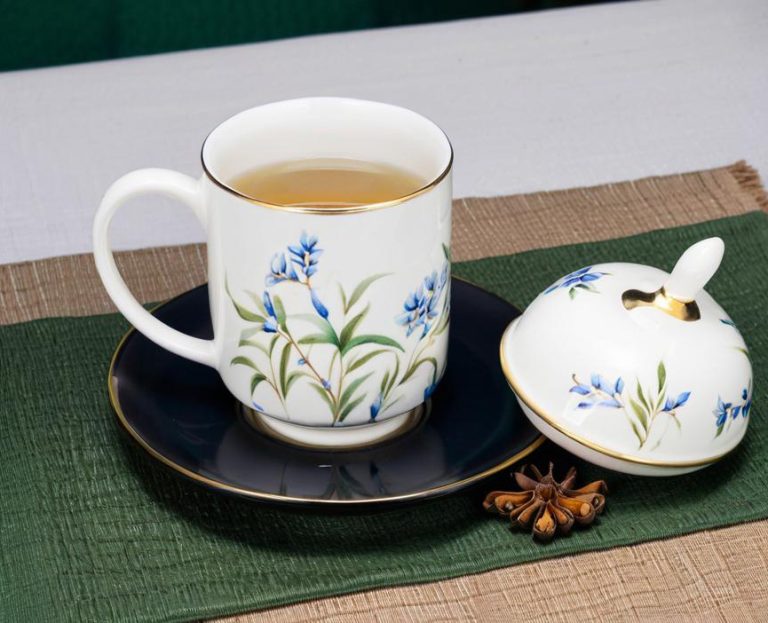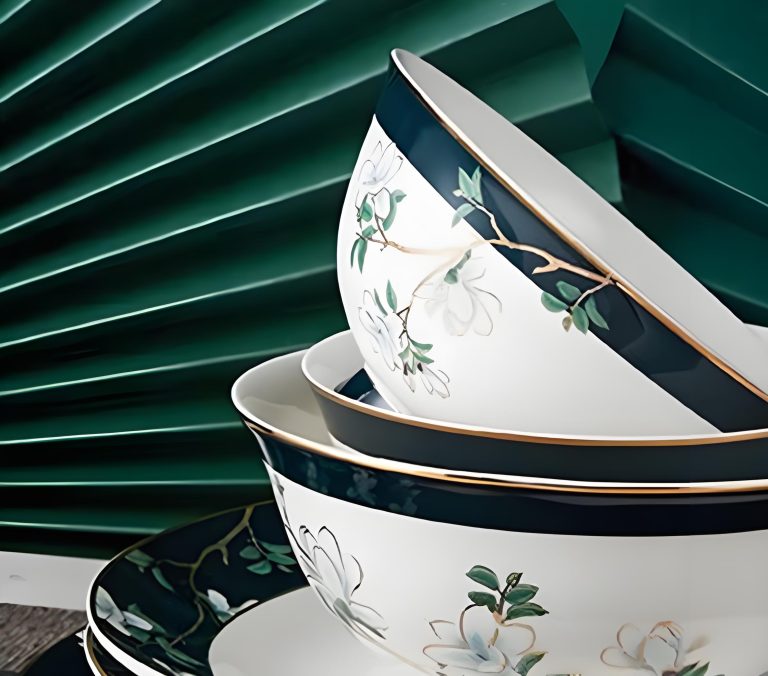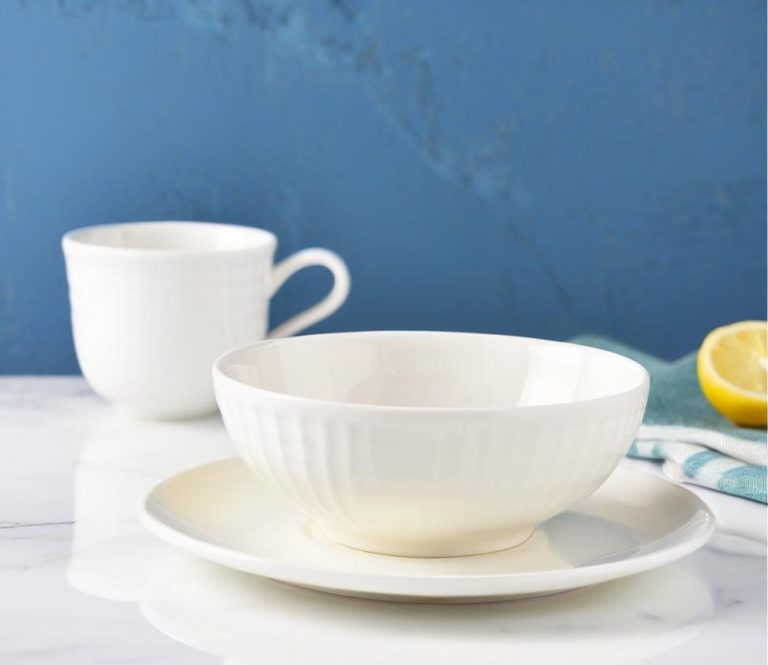The Warmth and Stories Behind Military Tableware
Opening: When Lobs…
Delve into the techniques and craftsmanship behind the creation of exquisite porcelain pieces, and learn about the rich cultural significance of porcelain around the world. From ancient traditions to modern innovations, our blog offers a diverse range of perspectives and topics to explore. Whether you are a porcelain enthusiast, artist, or simply curious about this captivating art form, our blog is the perfect destination for all things porcelain. Join us on a journey of discovery and inspiration, and discover the beauty and wonder of porcelain.

Opening: When Lobs…

88-year-old Grandm…

When Plastic Forks…

A foam tray, sever…

Ever wondered why …

Opening: A Fight A…

Picture this: sitt…

Ever notice someth…

I saw this video. …

Walk into any food…
内容结束
内容结束